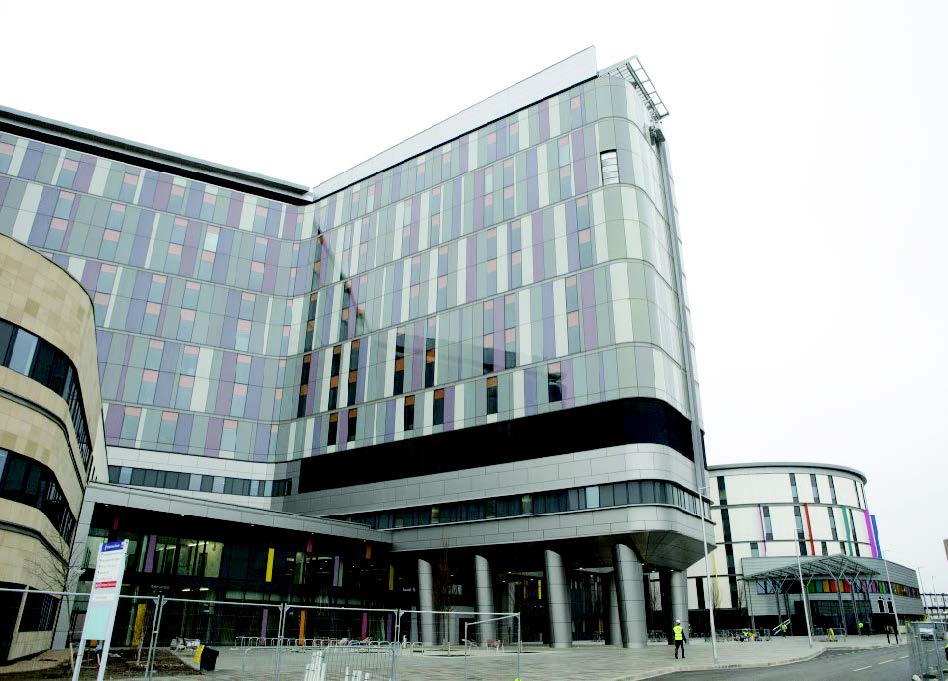Leukeumia patients have been temporarily moved from the newly- opened Queen Elizabeth University Hospital in Glasgow because of air quality concerns. The incident occured less than a week after its official opening by the Queen on 3 July.

Routine air quality monitoring within the hospital’s Bone Marrow Transplant Unit identified “a higher particle count than is desirable”, according to NHS Greater Glasgow and Clyde health authority. The readings prompted the transferral of 18 patients, which was cit- ed as a “precautionary measure”.
The cancer patients have been transferred from the newly-opened £842 million hospital to the Beat- son West of Scotland Cancer Centre “while we explore remedial measures”.
NHS Greater Glasgow and Clyde said: “This is temporary measure to enable us to identify and implement what may be necessary to ensure air quality purification levels are optimal for this group of patients.”
Patients will apparently be re- turned to the Bone Marrow Trans- plant Unit “as soon as possible”.
The NHS board – the largest in the UK, serving 1.2 million people in the region – said it had already been in direct contact with the patients affected and their families “to explain the situation and apologise for any inconvenience this may cause”.
However, the issue reportedly relates only to the adult hospital. The Bone Marrow Transplant services at the Royal Hospital for Children Glasgow are “separate and unaffected”.
Dr Anne Parker, lead consultant for haemato-oncology, said: “In consultation with colleagues from various disciplines, it has been agreed that 18 patients will move to the Beatson West of Scotland Cancer Centre for an interim period. This will enable remedial work to take place without disrupting patient care.
The hospital, previously known as the South Glasgow University Hospital, was renamed when the Queen visited on 3 July.
In June, ministers ordered specialists in after it emerged the hospital was the worst performing in Scotland. At that time, figures showed that just 78.6% of A&E patients were seen and treated within four hours, well below the 95% target.
The latest figures, released on Tuesday, showed this had risen to 88.6%.







